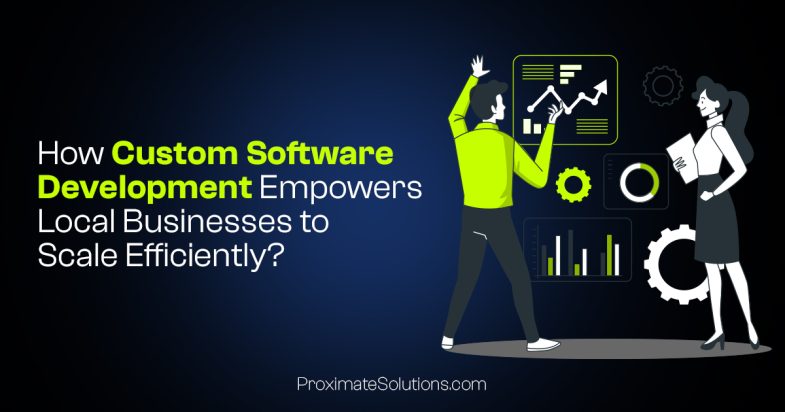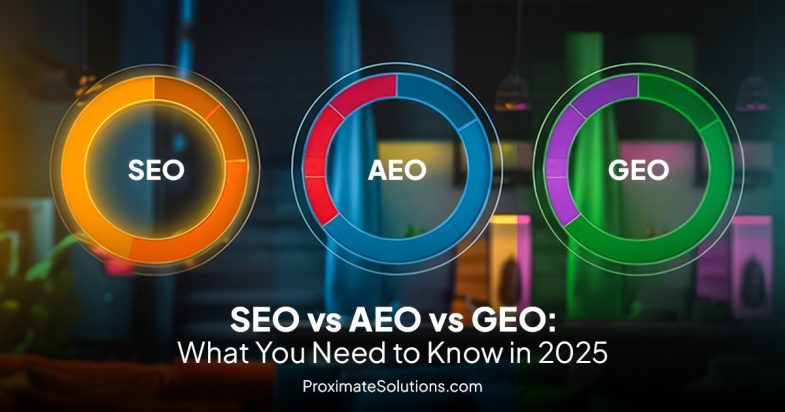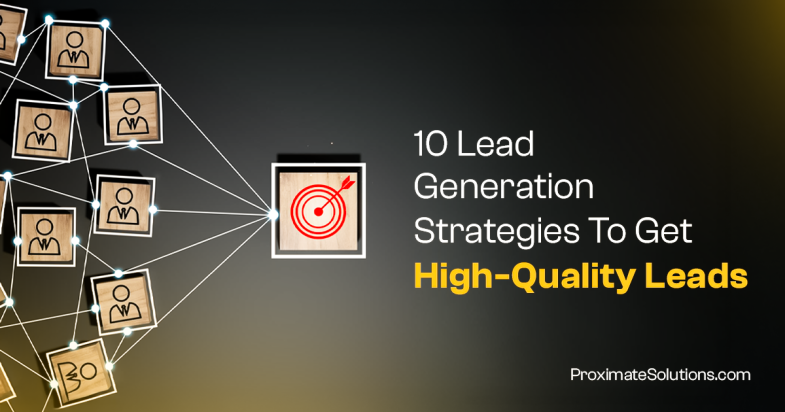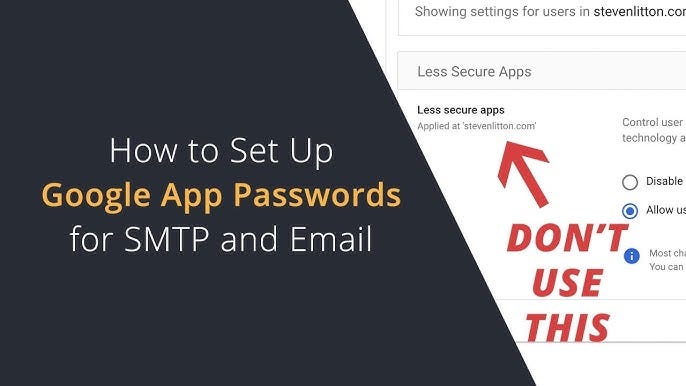
In an increasingly digital world, local businesses need more than just off-the-shelf tools to stay competitive. Custom software development offers targeted, scalable solutions that streamline operations, boost customer satisfaction, and...
Read More
Search optimization isn't just about classic SEO anymore. As AI reshapes how we discover information online, three strategies have emerged as critical pillars: SEO, Answer Engine Optimization (AEO), and Generative...
Read More
With all the talk surrounding AI and chatbots, many ask: Is SEO dead? While search has changed, SEO is far from obsolete. In fact, it’s evolving into something richer, something...
Read More
In the rapidly changing digital age, lead Generation Strategies are no longer about quantity, it's about quality. Quality leads translate to lower nurturing time, increased conversions, and eventually, superior...
Read More
If you’ve tried to open ChatGPT this morning, or heard rumors swirling online, you might be wondering: is ChatGPT down? As of June 10, 2025, millions of users around the...
Read More
Setting up SMTP for sending emails through your application? If you're using Gmail, you'll need to enable App Passwords (especially if you have 2-Step Verification enabled). Follow these simple steps:...
Read More
From clunky IVR systems to long wait times and overworked agents, traditional call centers have long been ripe for disruption. With the rapid rise of artificial intelligence, the burning question...
Read More
Google I/O 2025 presented a revolutionary jump into AI-powered experiences, with innovations that change the way we connect with technology. At Proximate Solutions, an ai automation company, we have briefly...
Read More
Understanding "Your Topics Multiple Stories" In this age of hyper-connectivity, content isn't one-size-fits-all , it's an ever-evolving conversation happening from many directions. Consider it: a single subject can elicit varying...
Read More
Microsoft’s Majorana 1 Chip Microsoft's breakthrough Majorana 1 chip marks a pivotal moment in Quantum technology, bridging theoretical research with real-world impact. With its topological innovation, the chip promises to...
Read More
Gemini 2.0 Flash & Audio Input Artificial Intelligence continues to advance at a faster pace than ever, and Google's Gemini 2.0 Flash is a prime example of this progress. Designed...
Read More
Meta’s Llama 4: A New Era in AI When Meta introduced the Llama 4 series in April 2025, it was a major platform advancement for artificial intelligence. Llama 4 builds...
Read More